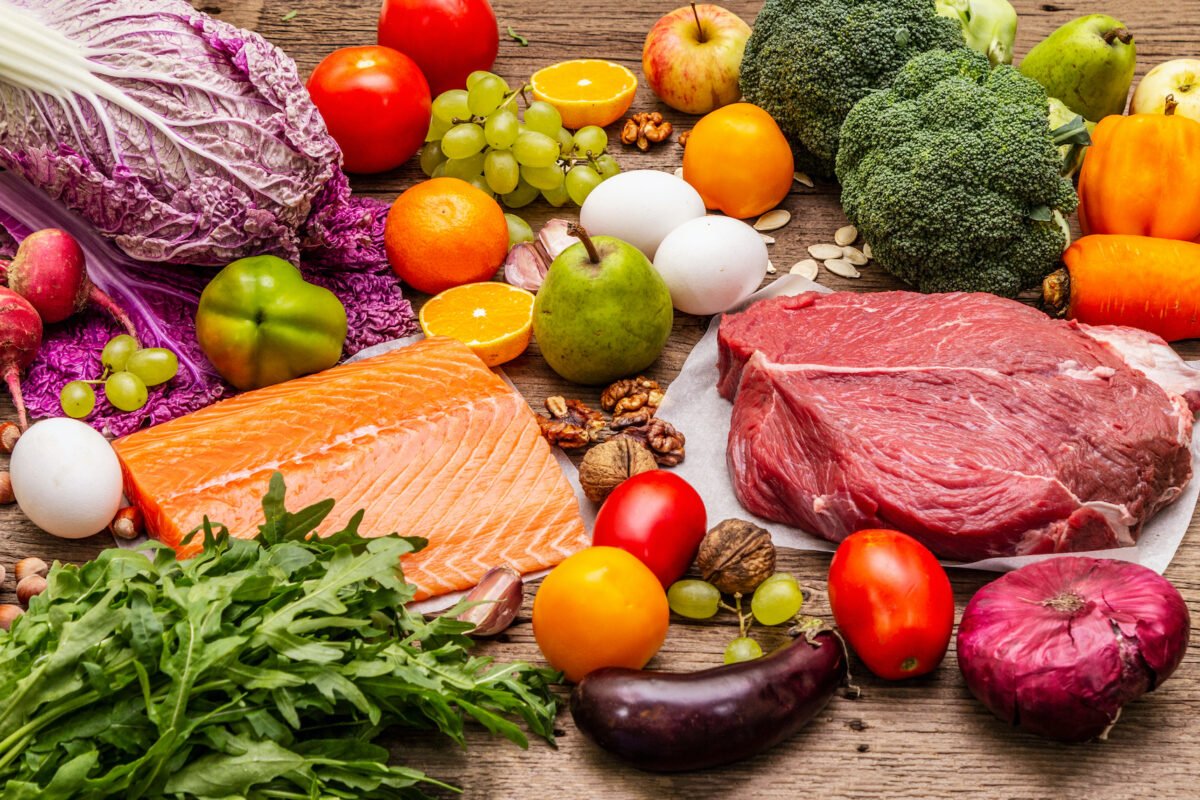8 Foods and Nutrients That Can Lower Melanoma Risk

Melanoma is a serious type of skin cancer that develops when skin cells grow and divide uncontrollably. Although it is less common than other types of skin cancer, melanoma is often considered the most dangerous because it is more likely to spread to other parts of the body.
Among the American population, the lifetime risk of getting melanoma is around 2.6 percent for white people, 0.1 percent for black people, and 0.6 percent for Hispanic people. People with fair skin are generally at a higher risk of skin cancer because their skin has less melanin, which produces pigmentation and provides natural protection against UV light.
Certain foods and nutrients have been found to have anti-melanoma properties, which may help reduce the risk of developing melanoma and improve melanoma treatment for affected individuals.
1. Probiotics May Help Shrink Tumors
Probiotics are living microorganisms, such as bacteria or yeast, that offer numerous health benefits when consumed in sufficient amounts. These good bacteria are commonly found in fermented foods such as yogurt, kefir, kimchi, and sauerkraut, as well as in supplements. “Probiotics can help maintain a healthy balance of bacteria in the gut, improve digestion, boost the immune system, and even alleviate certain conditions like diarrhea and irritable bowel syndrome,” Dr. Jingduan Yang, founder and medical director of the Yang Institute of Integrative Medicine, told The Epoch Times.
According to a recent study published in Cell, a type of probiotic called Lactobacillus reuteri can help fight tumors in melanoma patients undergoing immunotherapy. The study found that the probiotic can enter melanoma tumors, where it releases a substance called indole-3-aldehyde (I3A), which promotes the production of a protein that helps fight cancer by recognizing and destroying tumor cells.
According to Yang, the study discovered that a diet rich in tryptophan—a probiotic found in foods such as soybeans, chicken, and egg whites—could improve gut health and enhance the probiotic’s ability to fight the tumor.
Yang pointed out that the study offers evidence of the potential of I3A in improving immune checkpoint inhibitors. This is encouraging news, he added, as ICI therapy, a form of immunotherapy, has demonstrated effectiveness in treating advanced melanoma. However, not all patients respond to it. By boosting the immune system’s response to the tumor, the I3A present in Lactobacillus reuteri may help more patients respond to the therapy and improve their chances of survival.
2. Curcumin Can Inhibit the Growth of Cancer Cells
Curcumin, a chemical compound that gives turmeric its distinctive yellow color, has been shown to have potential anti-cancer properties against melanoma cancer cells. Research has demonstrated that it can inhibit the growth and metastasis of melanoma cells and stimulate apoptosis, which is the process of cell death. Due to the resistance of some melanoma cells to traditional chemotherapy, curcumin is being investigated for its potential to offer new possibilities for cancer treatment.
3. Ginger Has Anti-Cancer Properties
Ginger has a long history of use as a spice and medicinal plant in Chinese and Indian cultures. Studies have shown that fresh ginger extract has significant cytotoxic effects—causing cell damage or death—on amelanotic melanoma, an aggressive type of skin cancer, by inducing changes such as cell shrinkage, rounding-up, and cell membrane blebbing (a phase of apoptosis). Additionally, the reduction in cell viability is proportional to the administered dosage.
4. Red and Processed Meat Consumption Is Inversely Related to Melanoma Risk
Although red and processed meat consumption has been associated with an increased risk of some cancers, two prospective cohort studies observed over 1,300 melanoma patients. The studies found that red and processed meat intake was actually inversely associated with melanoma risk.
Specifically, participants who consumed the highest quantity of red and processed meat had a 19 percent lower risk of developing melanoma than those who consumed the lowest amount.
5. Coffee Consumption Is Inversely Associated With Melanoma Risk
According to one European study with about half a million participants and a follow-up period of 15 years, there is an inverse association between the consumption of coffee and the risk of melanoma among men only. Researchers found caffeine to be the most likely factor accounting for the inverse correlation because there were no significant associations between the consumption of decaffeinated coffee or tea and the risk of melanoma among both men and women.
6. Resveratrol Can Inhibit Melanoma Growth
Resveratrol is a naturally occurring antioxidant found in many foods, including blueberries, peanuts, and grapes. Processed foods made from these ingredients, such as red wine, also contain resveratrol.
In one French study, resveratrol was found to be capable of inhibiting a particular melanoma cell line. In mice with melanoma, the administration of resveratrol at a dose of 12.5 mg/kg resulted in decreased melanoma growth and prolonged the mice’s survival by 32 percent, compared to mice untreated with resveratrol. These findings indicate the potential use of resveratrol as a standalone treatment or in combination with other chemotherapy drugs to treat melanoma, according to the authors.
7. Retinol Intake Is Associated With Decreased Melanoma Risk
Retinol is a form of vitamin A and an antioxidant found in many animal-based foods, such as liver, dairy products, fish, and eggs. According to one meta-analysis of eight case-control studies and two prospective studies, participants with the highest retinol intake were 20 percent less likely to develop melanoma than those with the lowest intake.
This meta-analysis also found that while retinol intake is significantly associated with a decreased risk of melanoma, beta-carotene, which is converted to vitamin A in the body, doesn’t show the same association with reduced melanoma risk.
8. Vitamin D Inhibits the Growth of Melanoma Cells
Vitamin D can be obtained from some foods, including fish, liver, cod liver oil, egg yolks, and vitamin D-fortified juices and milk, but the primary source of vitamin D is our skin being exposed to sunlight. Some research has found that vitamin D tends to suppress the growth of certain types of melanoma cells.
Additionally, there is an association between vitamin D deficiency and a worse prognosis for melanoma patients. For example, in one study, patients diagnosed with stage 4 metastatic melanoma who had vitamin D deficiency and could not restore levels of the vitamin to the normal range had a significantly higher risk of melanoma-specific mortality.




